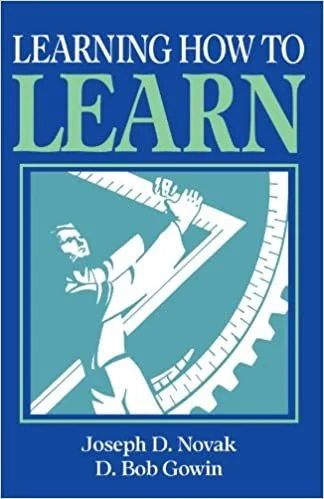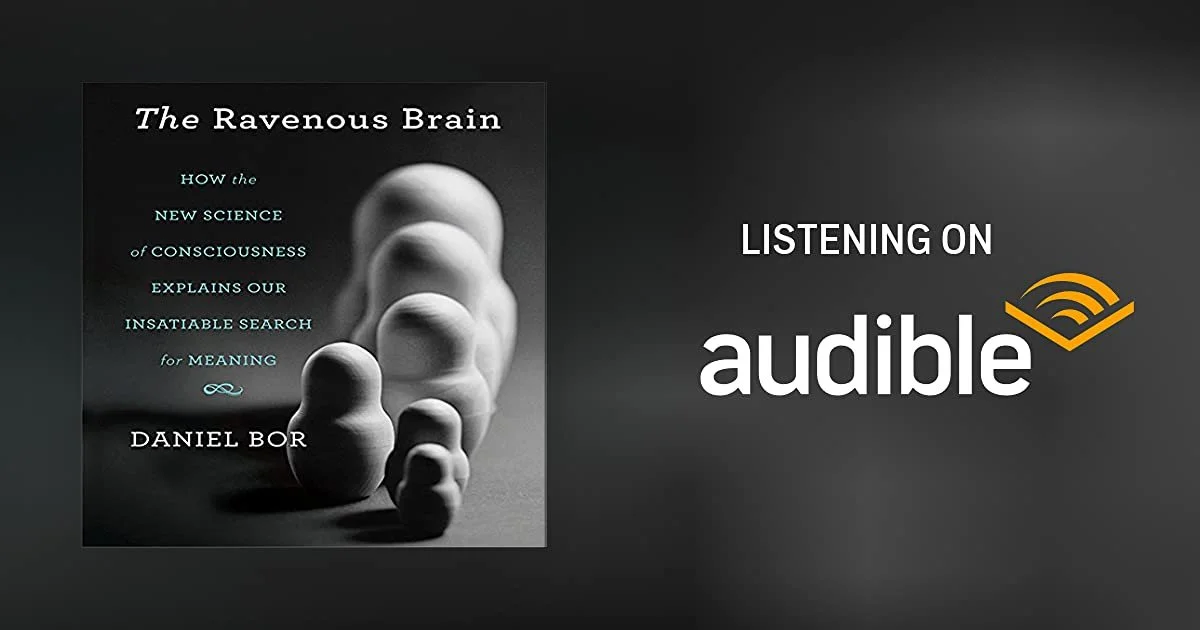Wired for Ideation
Photo by Hal Gatewood on Unsplash
Conventional approaches to learning major on information gathering and information retrieval. Like a car engine running on only a few cylinders, the brain lurches along in this information-centric environment. This is hardly what it is designed for. The brain is designed to generate ideas from information. The human brain is a powerful pattern maker. It relentlessly queries its environment and its experiences in search of patterns. These patterns are the concepts (ideas) with which we make meaning.
“Ideation (n) The formation of ideas or mental images of things not present to the senses.”
Human brains are wired for ideation.
Ideation is a subset of conceptualization. Conceptualization is a verb denoting the process of formulating concepts (ideas). Ideas which have no sensory component are more abstract than those which can be experienced by the senses, but they build on a foundation of ideas developed through sensory encounters.
From birth (or possibly even before) humans formulate concepts about the physical objects that surround them. In the process they acquire the nouns, verbs, adjectives, etc. that serve as labels for their concepts. These language milestones are, appropriately, a source of great pride in the parents and grandparents. It is worth noting, however, that language acquisition is primarily a marker of concept acquisition and enlargement.
Chihuahua Image by Kevin Phillips from Pixabay
Recognizing the diversity within a concept category allows nuance to develop. Various outlier breeds of dog that are not the primary exemplars (e.g. Chihuahua) are eventually recognized as having something fundamental in common. The concept of a dog may be modified with attributes such as “friendly” or “threatening” based on the experiences of the child. The concepts of a pet and the owner of the pet are likely to develop through encounters with dogs and their owners in various contexts. Noam Chomsky in 1957 proposed that humans have an innate competence in language. I maintain that concept acquisition and enlargement is an even more basic inborn aptitude that is operationalized through language attainment. The two are inextricably linked.
As children develop through elementary school into teens and then into adults, they are able to construct increasingly abstract concepts including concepts which have no physical existence. Ideas such as transcendence, infinity, innocence, valor, and even insanity represent categories created by the mind.
Joseph D. Novak and D. Bob Gowin in their 1984 classic, Learning How to Learn, define a concept as “a [perceived] regularity in events or objects designated by some label.” The notion of perception means that not everyone will see the regularity. The perceiving employs collecting events or objects in the mind and identifying what they have in common. This is inductive logic, proceeding from a collection of specifics to a generalization that covers the specifics. Induction is inherently creative; it necessitates a non-obvious “inductive leap.” Particularly when we don’t follow the argument, we may accuse another person of “jumping to conclusions.”
I don’t want to overplay the subjectivity angle. Concepts as generalizations are subject to falsification if they don’t hold up when they generate predictions. This testing employs deductive (if/then) logic. If we start with our generalization (the premise), then we predict that certain consequences should follow. None of us lives in a private universe. We all inhabit the same real physical universe which pushes back against some ideas. The essence of science is inductive hypothesis generation followed by rigorous testing of the deductive predictions embedded in the hypothesis
The concepts of others can serve to challenge our own conceptualization. Indeed, from our elementary years on up, we assimilate the concepts of others much more frequently than we invent our own concepts inductively.
Both concept invention and assimilation have immense implications for learning.
Our concepts should be open to revision from new information. Concepts are flexible categories in the brain that are both corrected and enlarged throughout our lives. We think with concepts (ideas), not with facts. Our concepts must be accountable to facts, but majoring on cataloging and retrieving facts is to disable most of the cylinders in the powerful engine that is the brain.
The brain is, above all, a pattern-making marvel. In a fascinating book, The Ravenous Brain, Daniel Bor highlights “This roving appetite—not only for knowledge, but for profound patterns—is both the mechanism of innovation and the signature feature of human consciousness.” Bor continues, “Perhaps what most distinguishes us humans. . . is our ravenous desire to find structure in the information we pick up in the world. We cannot help actively searching for patterns -- any hook in the data that will aid our performance and understanding. We constantly look for regularities in every facet of our lives,” (emphasis mine)
The good news is that you are wired to look for patterns and you’re already pretty good at it.
Even better is the reality that you can vastly improve your proficiency. Given a curiosity that generates questions you are committed to answering, your brain is waiting to be unleashed. Deep learning majors on finding patterns rather than retrieving facts per se. Discovering how to ask questions that refine old patterns and create new ones is the essence of learning. It was not marketing hyperbole that led Novak and Gowin to title their book Learning How to Learn.
Teachers should construct learning environments that help learners engage in efficient and purposeful pattern making. Learners are individually responsible to inquire and perceive to construct their own concepts. Teachers and the community of learners are responsible to converse and compare concepts with a view to correction and refinement. The combination of individual creation and corporate correction can lead to extraordinarily clear and concise concepts constructed in the mind of each learner.
Language is a tool that operationalizes thinking; it is not an end.
How did we get to the place that formal learning environments almost exclusively emphasize transmission of information and its recall? There are many contributing factors, but I’ll focus on just one—the vocabulary orientation. The clarity of concepts is infinitely more important than using the right vocabulary term or giving an accurate definition. The logic of language should employ carefully formulated concepts in the service of making predictions and formulating additional concepts and models from which to reason.
Concept formation particularly employs induction and induction is messy to assess. Logical argument is likewise assessed primarily subjectively. How do we assess whether the student understands?
The emphasis on information recall and the accompanying vocabulary orientation is pure pragmatism. It is simple to package information and vocabulary into a commodity to be delivered. It is straightforward to objectively assess their retrieval from the student. Whatever information and vocabulary are retained, however, are likely to remain inert and of little lasting value to the student.
The target of this blog and its accompanying podcast is learning that transforms and empowers students for a lifetime of the pursuit of joy through learning. Let the pattern making begin!



